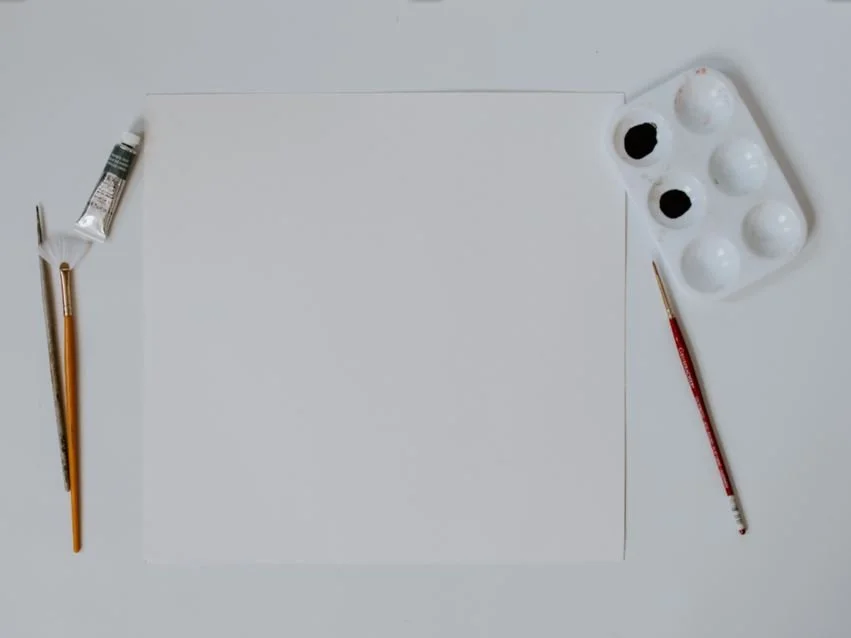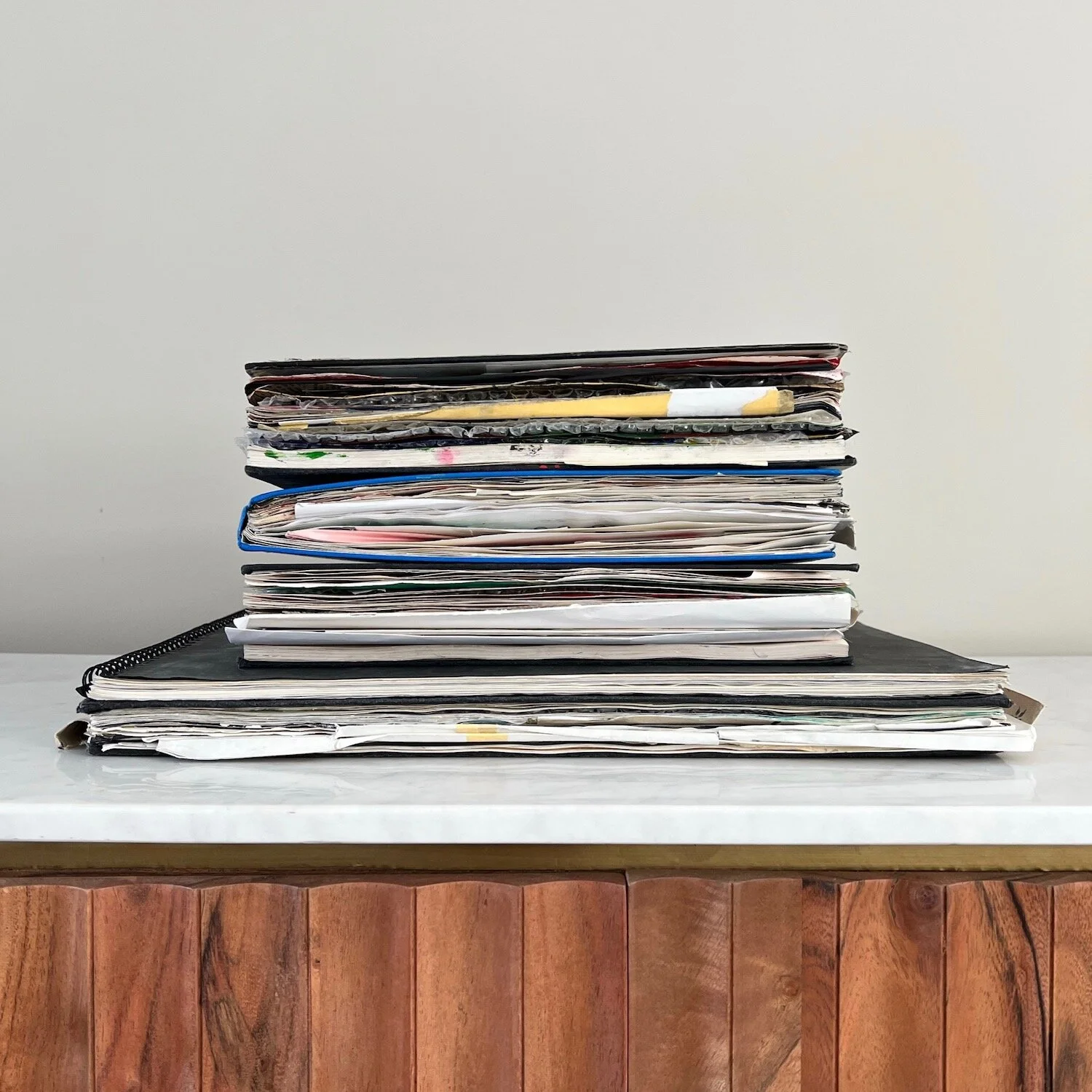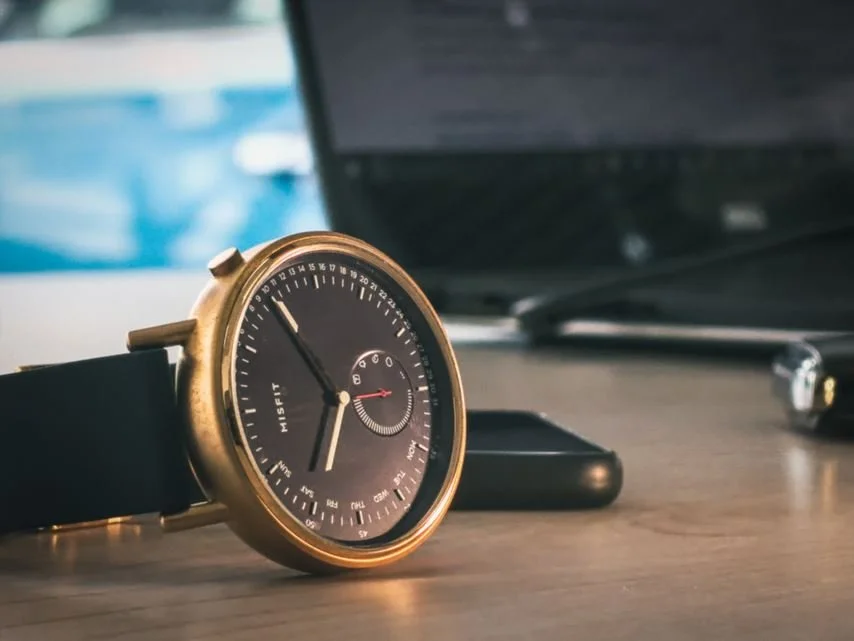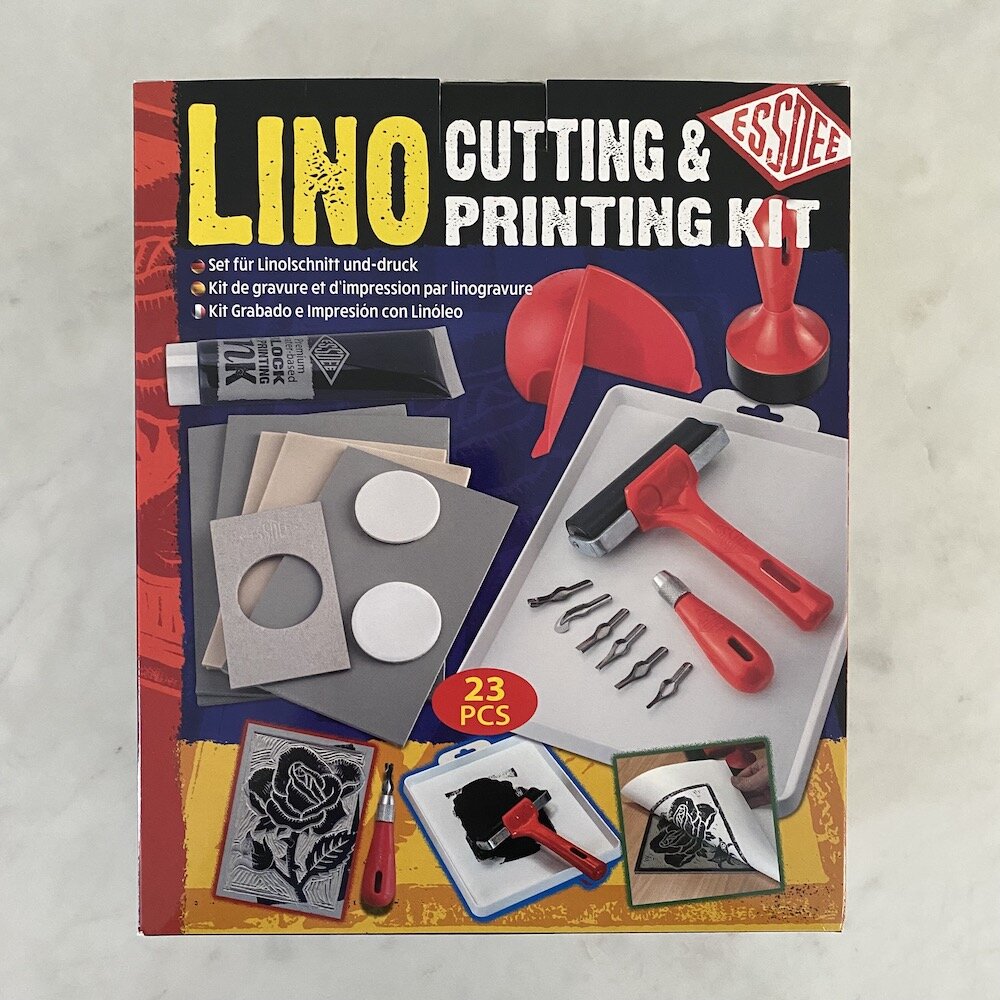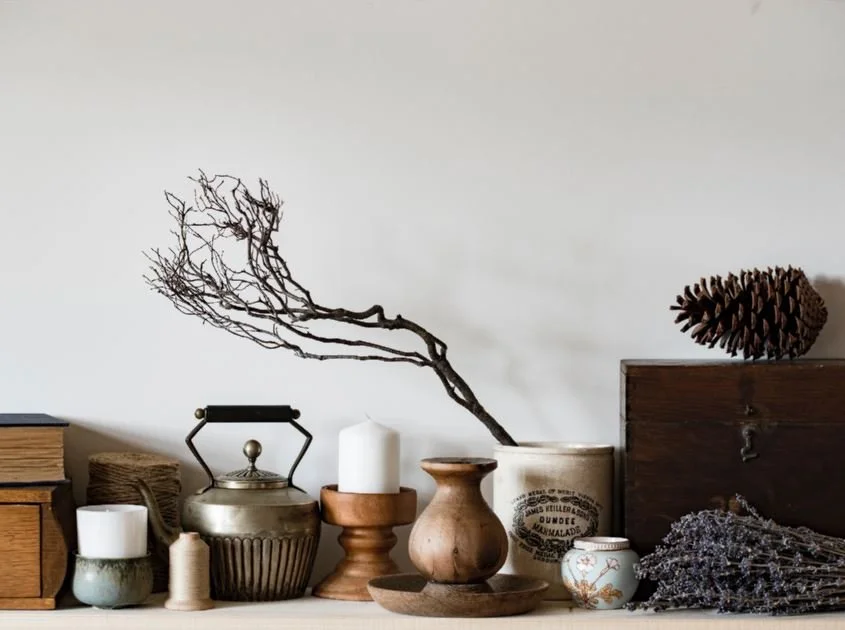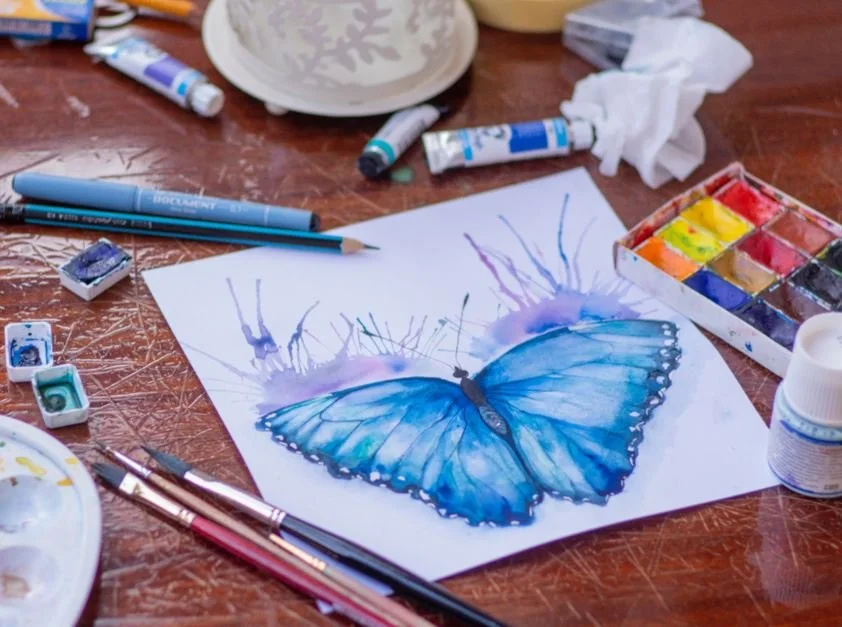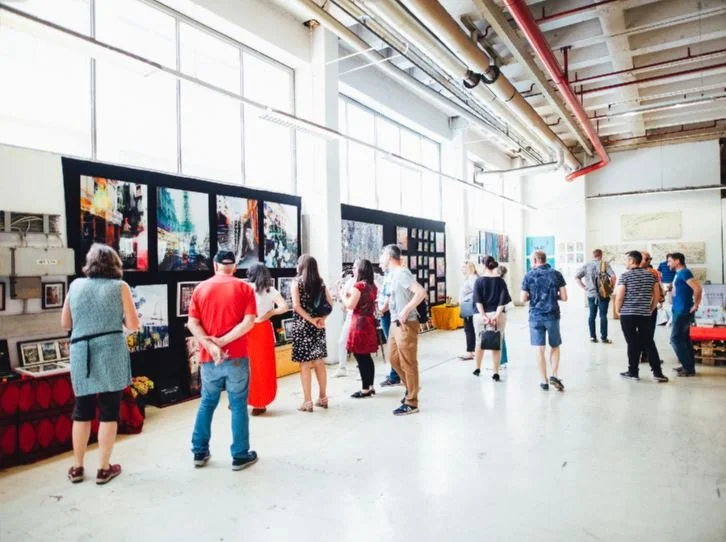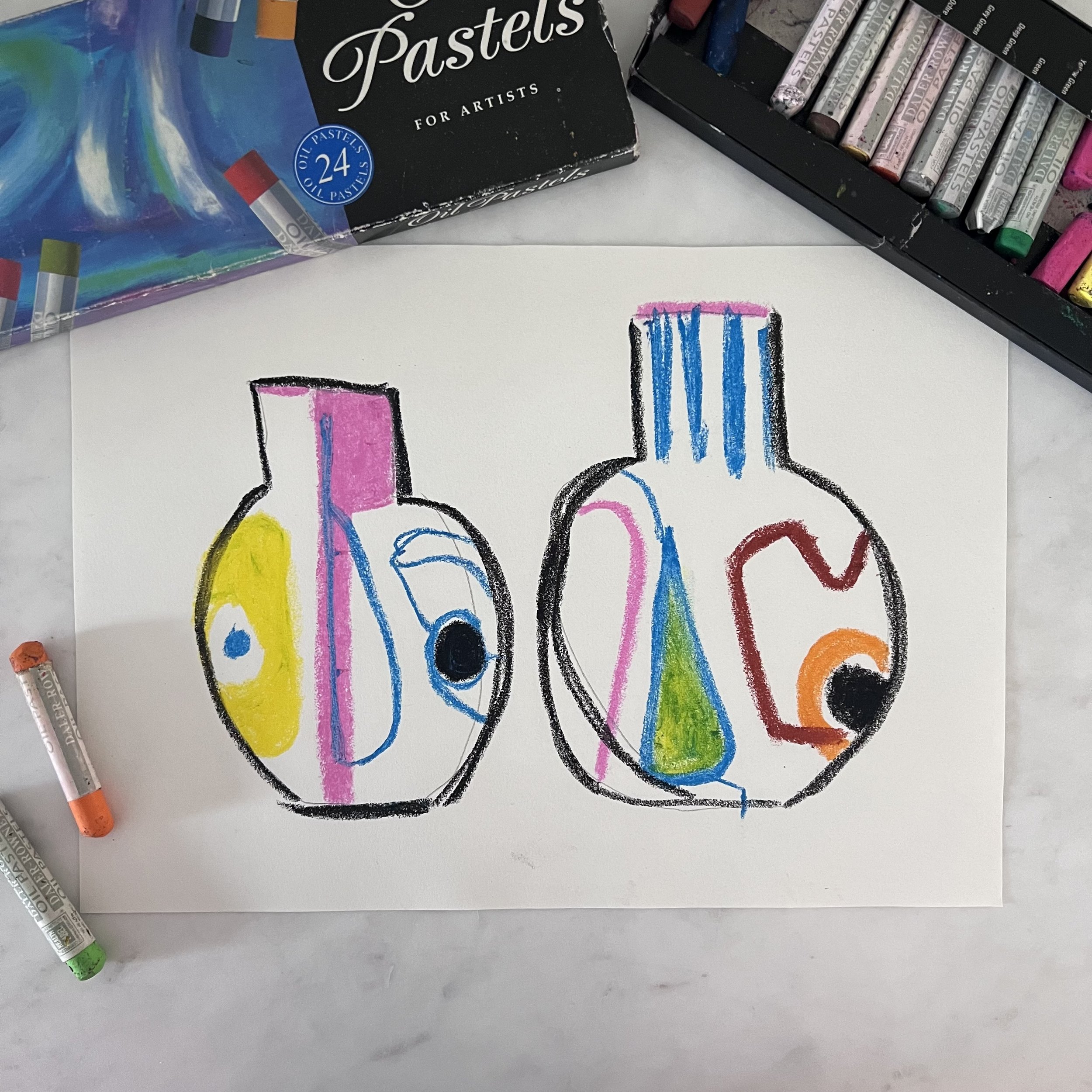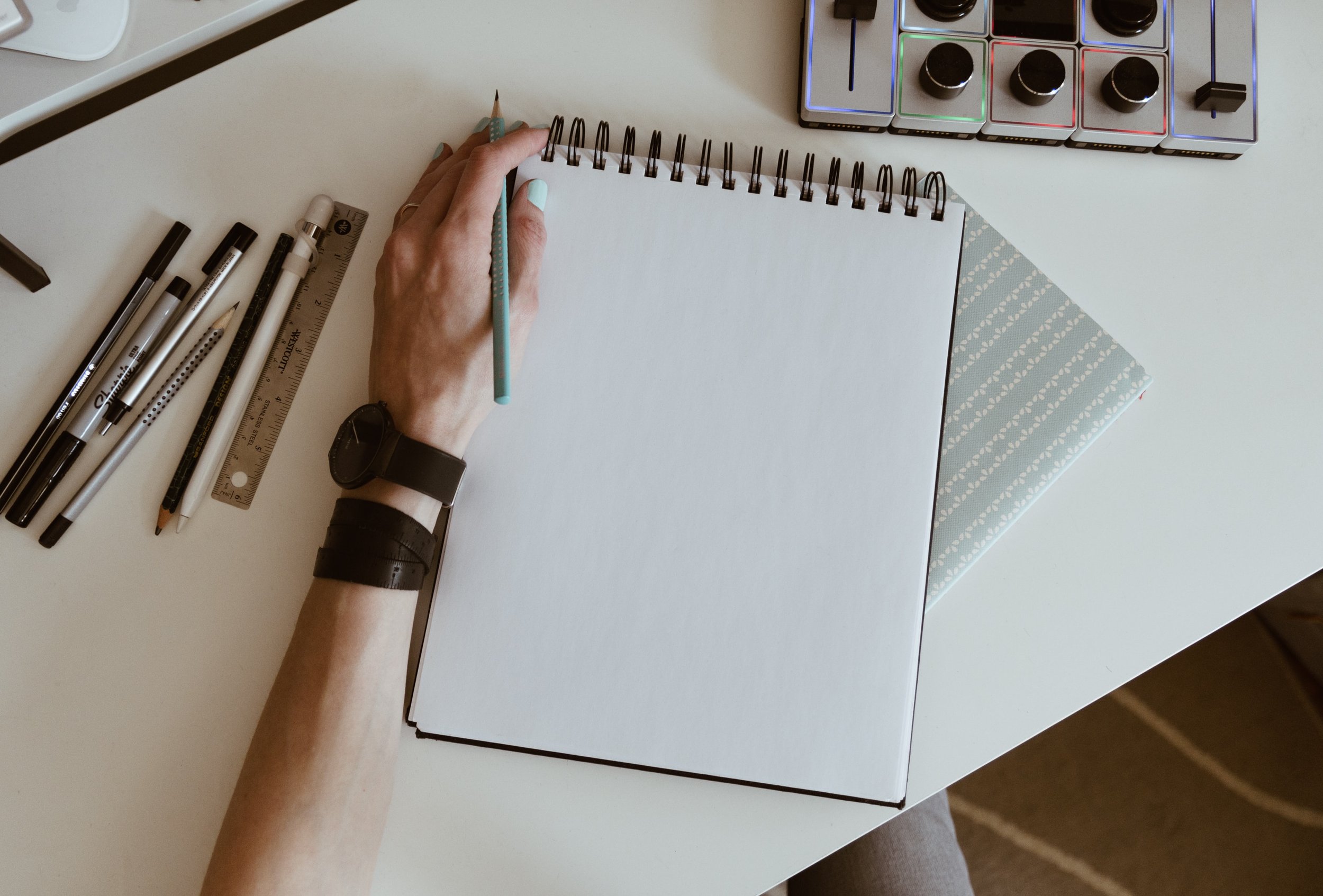How to overcome artist and creative block
Are you suffering from artist or creative block?
When you hit an artist or creative block, the success of peers and people around you seems to be amplified and it’s easy to assume you are the only one to experience this type of problem. However, it is very normal for artists, writers, musicians, performers etc. to have creative blocks that can last for varying lengths of time, so the key is to accept that you have hit a block and find ways to overcome it.
How to overcome a creative block will be different for everyone, so I have collated 10 steps to overcome your artist or creative block. I hope one or two will resonate with you and will help you get your creativity back on track.
Understanding Artist's Block
Artist's block can feel like you've hit a wall in your creative abilities, but it's important to understand that it is usually temporary. By examining some of the common causes and the self-perpetuating cycle artist's block can create, you gain more insight into how to overcome it.
Defining Artist's Block
Artist's block refers to a difficulty or inability to tap into your normal creative flow. It's not simply a lack of inspiration, but rather a frustrating feeling of being stuck. Your artistic imagination feels blocked off, and you may fixate on the inability to get started on a project or make forward progress.
Rather than a lack of ideas, you may have too many directions competing in your mind. But an underlying sense of anxiety or self-doubt prevents you from decisively moving ahead with any of them. You know you have creative potential within, but feel unable to unleash it.
Common Causes of Artist and Creative Block
Artist's block often stems from a variety of factors, including:
Perfectionism - being afraid to start for fear it won't be perfect
Comparing yourself to other artists
Overthinking the outcome rather than enjoying the process
Feeling forced to create for external validation
Loss of motivation and avoiding creating
These causes tend to feed off each other, creating a vicious cycle that blocks creative flow. The more you avoid creating, the more you overthink it, lowering motivation further. External and internal pressures blend together until you feel stuck staring at that blank page or canvas.
Reframing Your Mindset
One of the most important steps in overcoming artist’s block is shifting your perspective and beliefs around creativity. By reframing perfectionism, silencing your inner critic, and reconnecting with your unique creative vision, you can get back in flow.
Letting Go of Perfectionism
Perfectionism is one of the biggest culprits behind artist’s block. But perfection is subjective, often unrealistic, and sucks the joy out of creating. Striving for perfection also leads to overthinking, hesitation, and constant editing that prevents forward motion.
Instead, aim to embrace imperfection and focus more on the process than the end result. Remind yourself that done is better than perfect. Experiment and iterate without judging each effort as a finished product. Let go of seeking validation through your art. Make creating fun again rather than a chore.
Silencing Your Inner Critic
That negative inner voice telling you that you lack talent or skill can be debilitating. But you can weaken its power by identifying cognitive distortions and reframing self-talk. Assumptions like “I haven’t created anything good lately” are open to interpretation. Turn “I just don’t have any good ideas” into “I’m temporarily out of ideas but my creativity will flow again.”
Not every piece will be a masterpiece, and you’ll have failures along the way. Each creation and attempt makes you better. Measure progress in effort, not just results. Celebrate small wins.
Creating for Yourself
Tap into the pure joy of making that you felt as a child. Forget external validation and make art just for yourself again. Experiment, play, be bold without fear of judgment. Follow your curiosity without expectation. Let the act of creating help you stay present and get into flow.
Make sure your vision comes from within, not what you feel you “should” paint or draw. Connect with your inner creative voice to access authentic self-expression. Your unique gifts and message are worth sharing.
Step 1. A Change of Scene
Step 1 in overcoming artist or creative block is to seek out a change of scenery. Sometimes a simple change of scenery can refresh your mind and give you new inspiration.
A lack of variety to your daily routine may be contributing to your creative block. Many people need to see, hear and feel different emotions to feel inspired to create new work.
A weekend away is ideal, but if that’s not possible, perhaps a day trip or a trip to the cinema or theatre. Anything that takes you away from your current situation, particularly if you are staring at a blank canvas or computer screen.
Even just going for a short walk can inspire us. It's possible that this could be enough to initiate a new idea or perhaps you need to take yourself out of your comfort zone and do something which is completely opposite to what you are used to.
Step 2. Keep a Sketchbook
Step 2 for you to try is to keep a sketch book. Keeping a sketchbook can be a great way for you to overcome artist's block. Here are some of the key benefits:
It removes pressure. Sketchbooks are meant for casual experimentation, not finished perfect pieces. This reduces expectations and anxiety.
It builds momentum. Filling pages gets you in the habit of creating regularly, even when you don't feel inspired.
It exercises creativity. Doodling, trying new techniques, and exploring ideas keeps your skills sharp.
It captures fleeting ideas. Sketching things you see throughout your day provides inspiration you can revisit later.
It documents your growth. Looking back on old sketchbooks shows how much you've progressed. This boosts motivation.
It's portable. You can take your sketchbook anywhere and use small pockets of time to draw.
It sparks new directions. Filling a book means starting fresh when it's full. A new blank page begets new ideas.
It breeds confidence. As your books fill up, you have tangible evidence that you can, in fact, create successfully.
An idea could be to keep a small (portable) sketchbook and pencil with you at all times. This will allow you to note or draw anything of interest. When you hit a creative block, you will then have a pre-prepared source of possible ideas in your sketchbook that could spark your creativity once more.
Step 3. Revisit Previous Artwork
Step 3 in overcoming artist block would be to revisit your old artworks.
When you are struggling to be creative it may be worth looking through previous pieces of artwork. You may find an early, raw or unfinished idea that you can now see how to progress or you may have new skills that can be used to take the previous work in a new direction.
Revisiting previous artwork can help overcome artist's block in a few key ways:
It reminds you of your capabilities. When you're feeling stuck, it's easy to forget that you have talent and skill. Looking at past works you're proud of can rekindle your confidence.
It reconnects you with your passion. Older work that excited you or allowed you to flex your creative muscles can reignite that spark when you're feeling unmotivated.
It provides technical insights. Analysing your older techniques, use of color, compositions etc. may reveal areas you can improve or skills you can employ in new ways.
It reveals recurring themes/interests. You may notice common threads that run through your body of work that you can develop further. These personal themes can drive new projects.
It sparks fresh perspective. Older work may include abandoned directions or ideas you can now revisit with new eyes. Time away provides distance that allows new approaches.
It showcases your range. Looking at a diversity of past creative explorations reminds you that you don't have just one style. This flexibility makes it easier to start something new.
Remembering your previous accomplishments, interests, and abilities through past artwork can provide the motivation, inspiration and insights you need to push past a creative block. It reconnects you to your artistic identity and passions.
Step 4. Create or Change Your Routine
Step 4 looks at how routine can help overcome artist and creative block. If you do not have a routine, it may be beneficial to plan out your day in more detail.
Giving a set time to your creative time, could enable you to focus without distractions. Alternatively, if you do have a routine and it is the same each day, you may find it helpful to change your routine for a few days. Perhaps waking up earlier in the morning to undertake a creative activity before daily tasks get in the way. Or if you usually work early, perhaps you would find it helpful to get other jobs out of the way before you can focus on being creative.
Creating or changing up your routine can be an effective way to overcome artist's block. Here are some tips:
Set a regular time to create. Consistency helps build momentum and bypass procrastination. Even 15 minutes daily or weekly is better than longer, sporadic sessions.
Define a ritual. Light a candle, play certain music, burn incense - some habitual sensory cue that tells your brain it's time to be creative.
Change your space. Set up your studio or workspace differently, or work in new environments. A fresh scene stimulates fresh ideas.
Start each session differently. Vary how you warm up when you sit down to create. Sketch, dance, meditate, take a walk - shake things up.
Follow a new schedule. If you usually paint in mornings, try evenings instead. A new routine can unlock different energies and headspaces.
Challenge habits. Break yourself out of autopilot by switching mediums, using your non-dominant hand, or working with new palettes and tools.
Set timers. Work in focused, timed creative sprints to outweigh distractions. Or reward yourself when the timer goes off.
End with a plan. Leave yourself clear notes about where to pick up tomorrow. This makes starting again easier.
Shaking up your habits, rituals and workflow disrupts old thought patterns and behaviors that may be contributing to your block, freeing up new inspiration.
Step 5. Try a Different Art or Creative Medium
Trying a different creative medium can help shake up your routine and approach in useful ways when you're feeling blocked:
It activates different parts of your brain and different skills, pulling you out of stale thought patterns.
It removes expectations and pressure, since you're exploring unfamiliar territory. This frees you to play.
It forces you to problem-solve in new ways since your existing skills don't automatically translate.
It exposes you to new tools, materials, and techniques that could inform or open up your primary medium.
It provides a chance to express different facets of your voice or interests you can't access in your main medium.
It gives you a fresh perspective to return to your primary medium with afterward.
It reminds you that art can be playful and that creativity can flow if you let go of "rules."
Some potential mediums to try: photography if you usually paint, ceramics if you usually draw, collage if you're a writer. Or explore a new genre: still life, landscape, abstraction. The goal is to restart your creative flow, which often means getting out of your comfort zone and working more intuitively. Don't worry about making "good" work - the process is what matters. See where it takes you!
Step 6. Use Art Prompts
Here are a few ways that using art prompts can help you overcome artist's block:
They provide ideas. Coming up with ideas from scratch can be daunting, but prompts give you a starting point or spark.
They help break you out of habitual patterns. If you find yourself painting the same things over and over, prompts can push you in new stylistic or thematic directions.
They introduce constraints. Constraints can actually boost creativity by forcing you to problem-solve. A prompt defines some boundaries, but leaves room for imagination within those.
They act as practice. Using prompts gets you creating, building skills and confidence that can carry over into your own original work. The act of creating helps defeat blank-page paralysis.
They provide clarity and focus. A well-defined prompt narrows your options and gives you a clear goal or direction for a piece. This restriction of options can counter decision fatigue.
They can incorporate play and experimentation. Prompts allow you to explore and be spontaneous without fear of mistakes. This freedom helps you discover new ideas.
The key is using prompts as a generative tool to get started, while still leaving room for your own vision and purpose to shine through. They spark the process, but don't restrict the possibilities.
I have previously written about art prompts in my blog post ‘How to find time to do Arts & Crafts’. Some ideas I suggested included Scribble drawing, simple circles, Drawing with your eyes closed or Drawing with your non-dominant hand. All of these ideas are designed to help the artist focus on the process, not the outcome.
Here are some art prompt ideas to help you overcome artist's block:
Pick a random object in your home and draw it in an unusual way. Looking at mundane objects in a new light stretches your imagination.
Make a list of your top 5 favorite songs. Create art inspired by the lyrics or mood of each song. Music is a great source of artistic inspiration.
Step outside and make quick gesture drawings of trees, houses, cars or anything you see. Capturing movement and scenes around you gets your creative juices going.
Draw the view out your window, focusing on colors, shapes and light. Observing and rendering your surroundings taps into your observational skills.
Pick a colour palette at random and create a nature scene using only those colors. Limiting your color choices helps focus your creative process.
Draw a detailed portrait of a friend or family member from a photo. Portraiture develops your technical skills.
Create a still life with several objects that have interesting textures. Experiment with different shading techniques and lighting.
Make art based on a dream you had recently. Tap into your subconscious mind for unique ideas.
Challenge yourself to fill a page with a continuous line without lifting your pen. Let loose and see where the line takes you.
Ideally, as you try out the art prompts that appeal to you, the direction you want to go in becomes more clear.
Step 7. Do an Art Challenge
Doing art challenges can be a great way for you to overcome artist's block for a few key reasons:
It gives you a clear prompt or direction when you're feeling uninspired. Having a defined goal or constraint forces you to think creatively rather than getting stuck.
Challenges take the pressure off creating something completely original, so you don't get hung up trying to be innovative. You just have to meet the challenge parameters.
Many challenges use games, chance or randomness to generate ideas. This pushes you outside your comfort zone and usual thought patterns.
Setting challenges introduces variety if you feel bored doing the same old thing. It shakes up your artistic practice.
Doing challenges regularly can make you more adaptable and flexible as an artist. You gain courage to try new subjects, styles and techniques.
There are many online communities set up around art challenges, which some people will find helpful and inspiring.
Step 8. Work to a Brief
Taking the idea of the art challenge further, perhaps it is possible to find a brief to work on. Look for Art Exhibitions looking for submissions or if there are no relevant real-life briefs to work to, you could look for a dummy brief to give some framework to your ideas.
Step 9. Step Away from Your Artwork
Taking a break from creating artwork can be an effective way to overcome artist's block. Here are some of the key benefits:
It gives your mind and creativity a chance to rest and renew. Artistic burns outs are often just a sign that you're exhausted and depleted. Time away allows you to come back with more energy and enthusiasm.
Stepping back relieves the pressure and frustration that often accompany artist's block. You stop actively trying to force inspiration. The break lets ideas percolate more freely.
Distance provides a new perspective. Problems or creative obstacles you're fixated on seem less monumental after time away clearing your head.
Spending time away from the studio or work area makes it easier to find inspiration from other places like museums, music, books, or nature. New stimuli and experiences feed your creativity.
Taking a break allows you to refill your real life experience and memories. These personal experiences are invaluable creative fodder when you return to making art.
Disengaging for a while reminds you that your worth isn't dependent on constant productivity. Your creativity isn't defined solely by output.
So in moderation, time off can act like a reset button for your artistic imagination and motivation. The key is not letting a break turn into an extended hiatus. Start creating again when you start feeling that itch to make something new.
Step 10. Do Exercise or a Yoga Session
The final step involves exercise or yoga. Here are a few ways that exercise or yoga can help unlock artist's block:
Improves blood flow and oxygen to the brain - Exercise gets the blood pumping, which increases blood flow and oxygen delivery to the brain. This can help improve cognitive function, creativity, and motivation.
Reduces stress - Exercise and yoga are great stress relievers. Artist's block is often worsened by stress and anxiety. Reducing stress through movement can help clear the mind and boost creative thinking.
Changes perspective - Getting moving provides a mental break and a new environment. This shift in scenery and headspace can help jog new ideas and refresh your creative outlook.
Boosts mood - Physical activity releases endorphins which can improve mood and mindset. Feeling more positive and upbeat can make generating creative ideas feel more accessible.
Promotes mindfulness - The meditative, mind-body focus of yoga helps calm the mind. This allows space for new creative connections to form and flow freely.
Energises and invigorates - Exercise gives an energy boost, which can reinvigorate creativity and motivation for your artistic endeavors. The extra energy can help push past a creative rut.
Exercise and/or yoga can help reduce anxiety, provide mental clarity, improve mood, and energise you. All of these benefits can pave the way for new creative insights and inspiration to emerge. The physical movement helps get you unstuck and unlock artistic blocks.
My Final Thoughts: Unlocking Creative Block
Artist's block can make you feel stuck and hamper your creative output. But with the right strategies and mindset shifts, you can break through this frustrating barrier.
Start by understanding artist's block - how it manifests, what causes it, and the self-perpetuating cycle it can create. Then work on reframing your perspective to let go of perfectionism, silence your inner critic, and reconnect with your inner creative vision.
Most importantly, be gentle with yourself throughout the process. The creative journey always has ups and downs, blocks and breakthroughs. Trust that your unique gifts have value, and keep exploring different avenues back to your flow state.
I hope you have found my list of creative ideas to unlock artist and creative block helpful. If you have other ideas that you think I should add to my list, you can email me at [email protected]. I would love to hear your thoughts.
